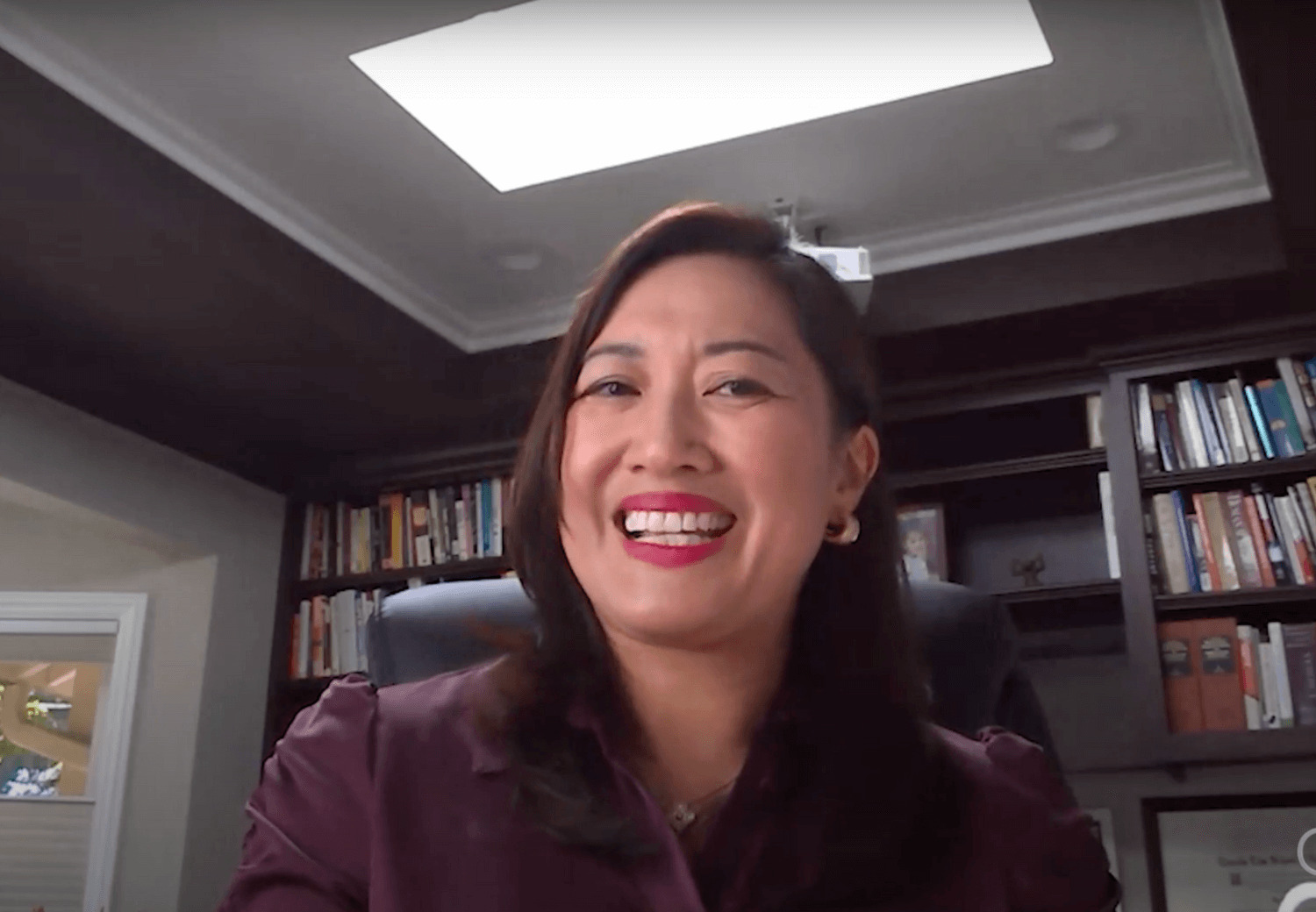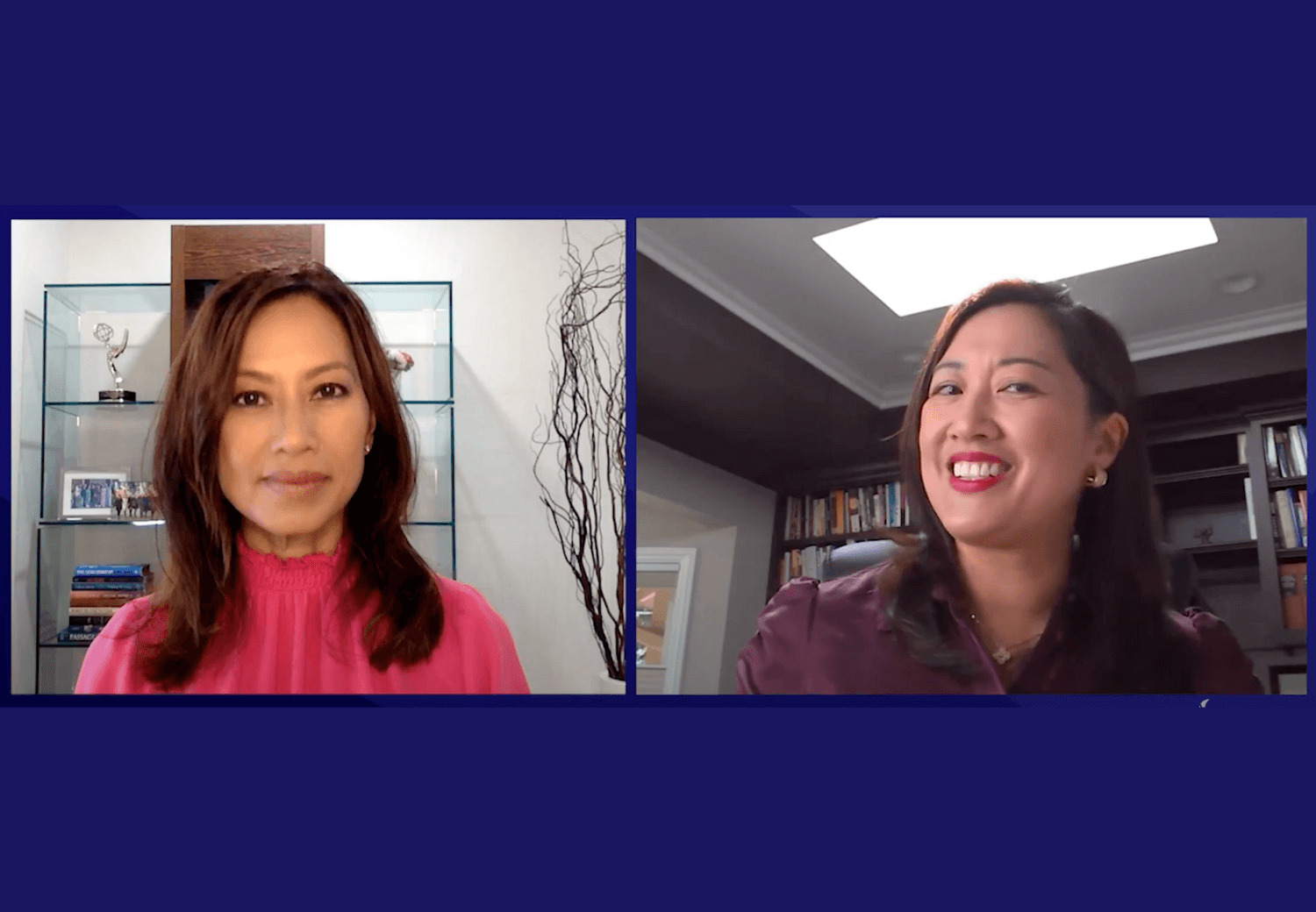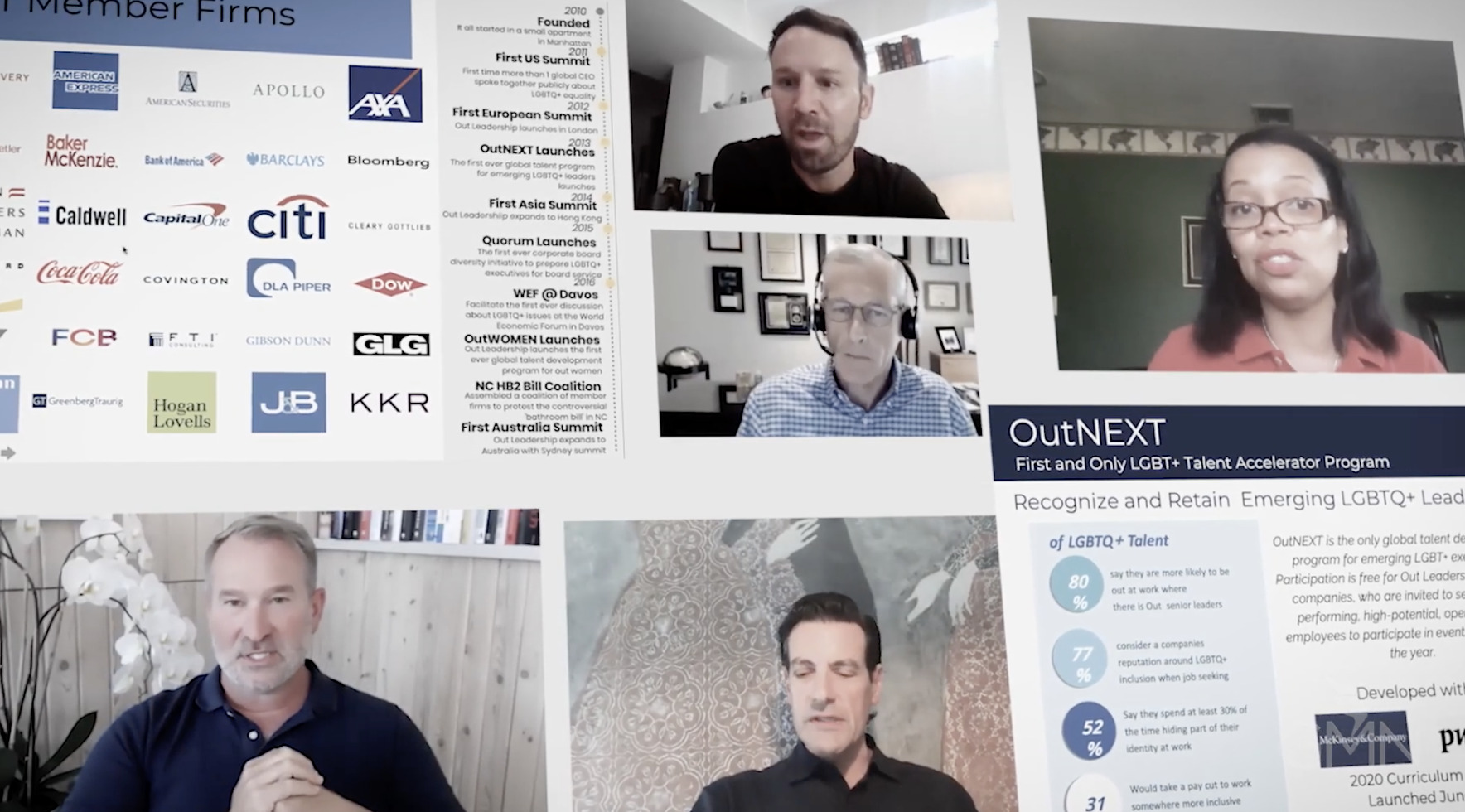Summary:
Often, challenges show up all at once, lending credence to the old adage that, “when it rains, it pours.” In this conversation, Todd uses modern examples to advise on leading through change.
Thuy
There's so much change going on all around us, from public health, the pandemic, politics, the economy, you name it. What are some strategies that you would suggest for leading through a lot of change all at once?

Todd Sears
Well, IÕd share how I look at it and also how I've seen a number of our leaders look at it. I think the first is trying to tackle things as they come and not trying to tackle and boil the entire ocean. I think from a pandemic perspective, for example, one of the CEOs that shared with us in our leadership lounges last week specifically talked about technology and how a technological platform that the organization had been working on for the last two years they anticipated would launch in the next 18 months had to be accelerated to launch in 18 weeks, and they were actually able to do that, which was really exciting, and so they actually need to sort of shift priorities and to make sure that they are investing in ways they would not have invested before because it matters to a shorter-term opportunity or challenge. So, the pandemic and working from home specifically needed these things, okay, so you got that sort of wildfire, it's not under control but at least something happening in that space. Now, how do you tackle burnout and how do you tackle the challenges that people have with literally having to stare at a computer screen and not just stare at it but be engaged, right? All the way through to how are we recruiting? How are we bringing in new talent? How are you bringing in new clients, right? Client development is all about connections and human connections, and so still, many human connections are harder to forge through a virtual screen. So, when we talk to all these leaders that are navigating all these different challenges, I think part of it is just making sure that they are not trying to do it all at once, that they are also understanding the knock on effects that they are seeing, right? So, shifting to a virtual environment, what are the challenges and opportunities from a diversity perspective, right? You're seeing into people's homes and that could be a challenge for people or that could be okay for people, but that is something that people have to think about from a leadership perspective, what impact does that have? And the final thing I'll say is, I do think that the work that has been done on inclusion and diversity, and employee engagement, and all of these things that would've been seen as sort of softer skills or things that were the nice-to-haves 10 years ago, I think all of those things have made these companies better able to survive this pandemic, because when companies are better connected and when leaders feel safe and empowered, and engaged, then they're able to do better work, and the work that these companies have done to create these employee networks, for example, or these frameworks or these inclusion efforts is really paying off right now because companies have been able to leverage them to keep their employees engaged and supported, and even though they're not able to see each other in person as they work, they're still able to work together, which I think is a really interesting and positive outcome that I think we'll continue to see play out layout as we go forward.
Related Posts

You Can’t Please Everyone
Vy Tran learned a tough lesson as a first-time manager – you can’t please everyone. Having to “drive accountability” while also being a self-described “people pleaser” required Vy to dig deep and re-think how she communicates with her team.

Failing Forward
Failing forward is an essential skill not just at work but in life. For Vy Tran, learning from her mistakes has made her a more effective and influential leader.

